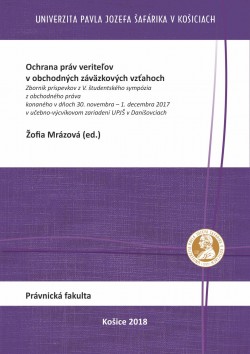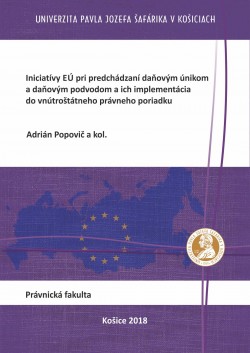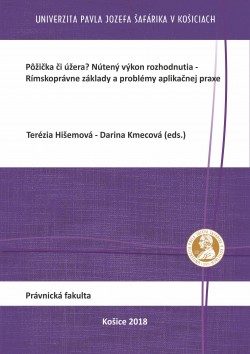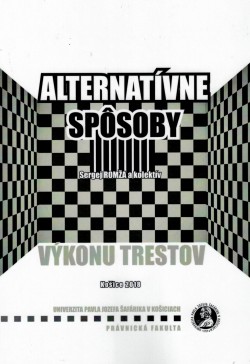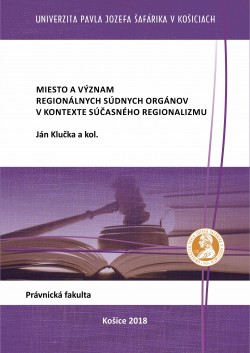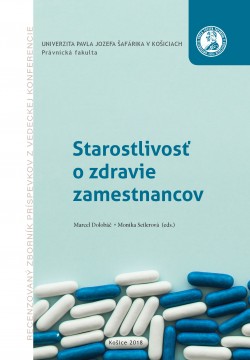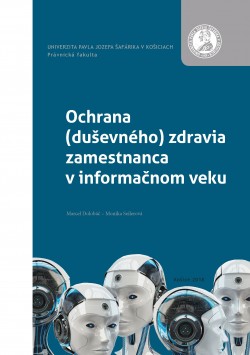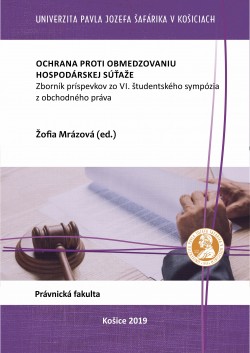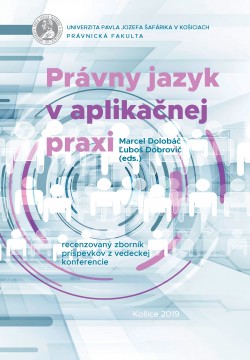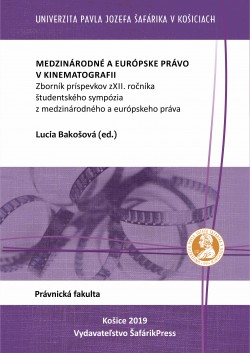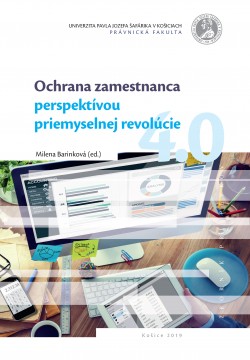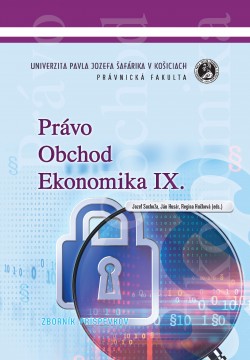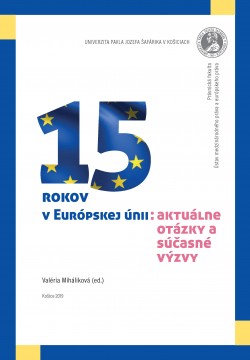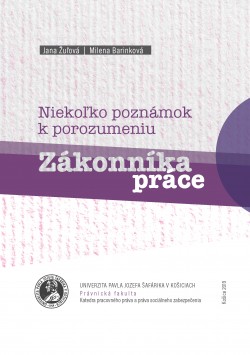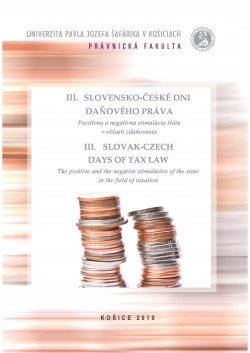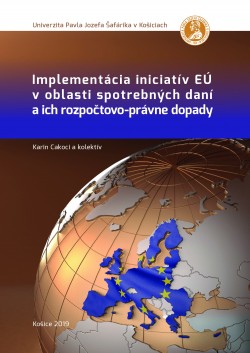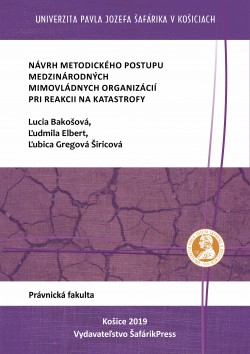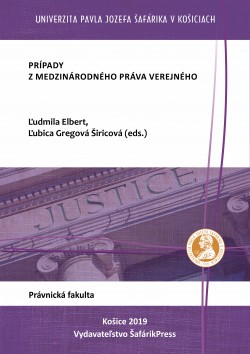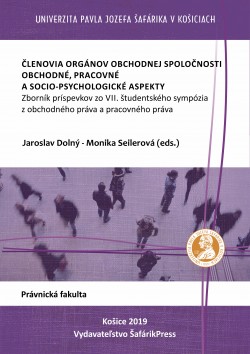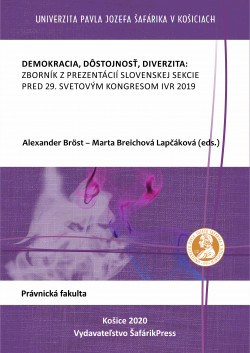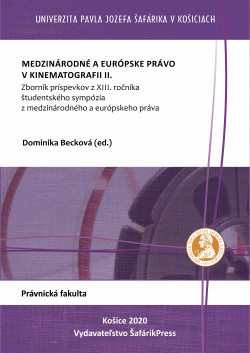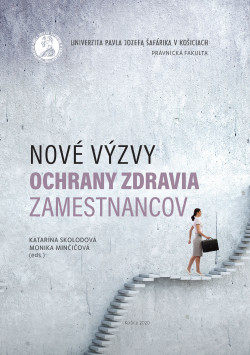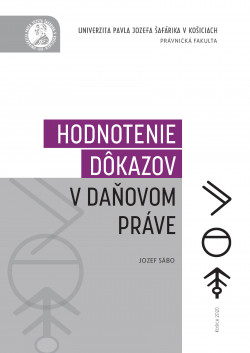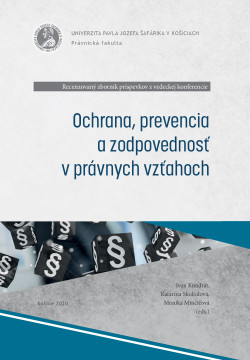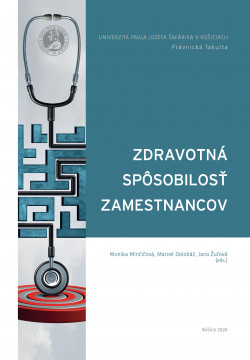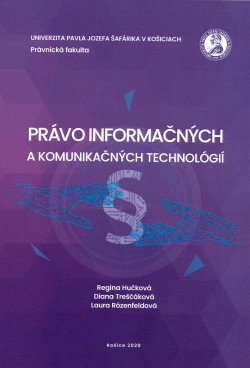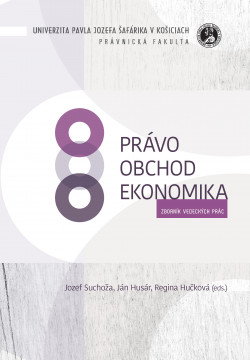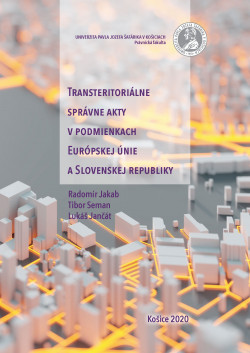Žiadne produkty
Produkt bol úspešne pridaný do vášho košíka
0 ks tovaru Vo vašom košíku je 1 produkt.
Ownership rights protection in Polish and Slovak law - comparative law analysis
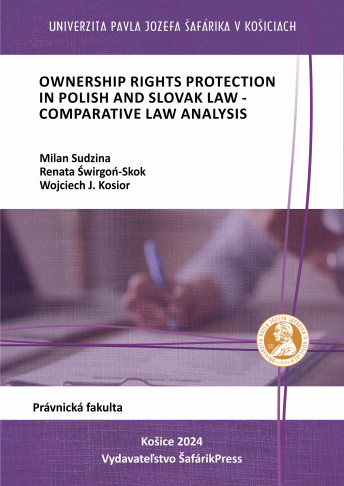
ONLINE
978-80-574-0339-5
E-publikácia
Kľúčové slová:
Ďalšie informácie
| Autori: | Milan Sudzina - Renata Świrgoń-Skok - Wojciech J. Kosior |
| Rok vydania: | 2024 |
| Dostupné od: | 29.06.2024 |
| Vydanie: | 1. vydanie |
| Typ dokumentu: | monografia |
| Jazyk publikácie: | angličtina |
| Počet strán: | 176 |
| Fakulta/pracovisko UPJŠ: | Právnická fakulta UPJŠ |
| Poznámka: | The publication was supported by the Slovak Research and Development Agency under the Contract No. APVV-19-0419: „100 Years of Treaty of Trianon“. |
| DOI: | https://doi.org/10.33542/ORP-0339-5 |
| Licencia: | Creative Commons BY NC ND (Uveďte autora - Nepoužívajte komerčne - Nespracovávajte) |
Popis
Given the importance of the ownership right, the aim of this monograph is to provide an analysis, a clear systematic interpretation and an evaluation of the above issue, not only from the theoretical point of view, but also from the point of view of legal practice. The protection of ownership relations is ensured in various ways. It is judicial protection, protection provided by local self-government authorities, self-help, public registration of real property and other instruments of administrative and criminal law.
In connection with the transformation of legislation in Slovakia and Poland after the fall of the socialist regime, there have been many changes in the legislation of both countries concerning the protection of ownership rights. A number of private law institutions related to the ownership of real property, the use of which was impossible or limited during the socialist period, have been restored. Legislation has also been adopted to alleviate the consequences of certain property and other injustices caused by the deprivation of ownership of real property during the socialist period. The adoption of restitution legislation was the basis for restoring the ownership rights of the original owners, who were allowed to get back their real property that had been used by socialist organisations. After the end of the socialist regime, the various forms of ownership, which until then had favoured the state ownership, were abolished. Changes were made to ensure that the ownership rights of all owners had the same content and enjoyed the same legal protection.
The monograph is structured in such a way as to enable a comparison of individual institutions of rights in rem under Polish and Slovak law. The monograph also analyses the relevant decision-making practice of the supreme judicial authorities. The scientific methods applied enabled the authors not only to analyse and evaluate the historical context and the current legal regulation of ownership rights in Poland and Slovakia, but also to point out possible gaps and shortcomings and to elaborate de lege ferenda proposals that can be used in future legislative activity.



